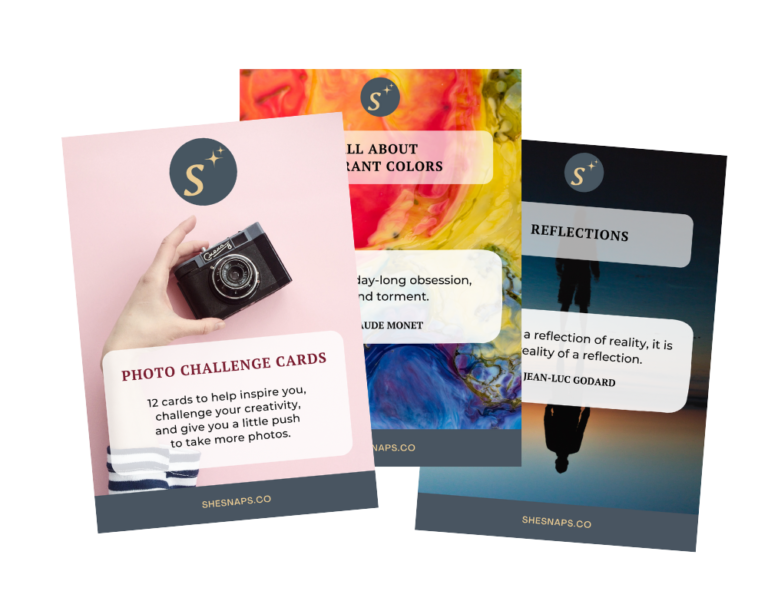There is something special about the natural world that touches all of us to the very core of our being, especially as it relates to wildlife of any kind. Even the smallest of creatures bring forth a sense of awe and wonder. Admittedly when we photographers hear the words ‘wildlife photography’, images of exotic animals on the cover of National Geographic come to mind. But there is beauty all around us and in creatures big and small. Sure, visiting Africa and going on safari to photograph lions, leopards and elephants is high on any photographer’s bucket list of dream destinations but there is an equal amount of thrill in visiting places that are frequented by bison, eagles, and pronghorn deer.
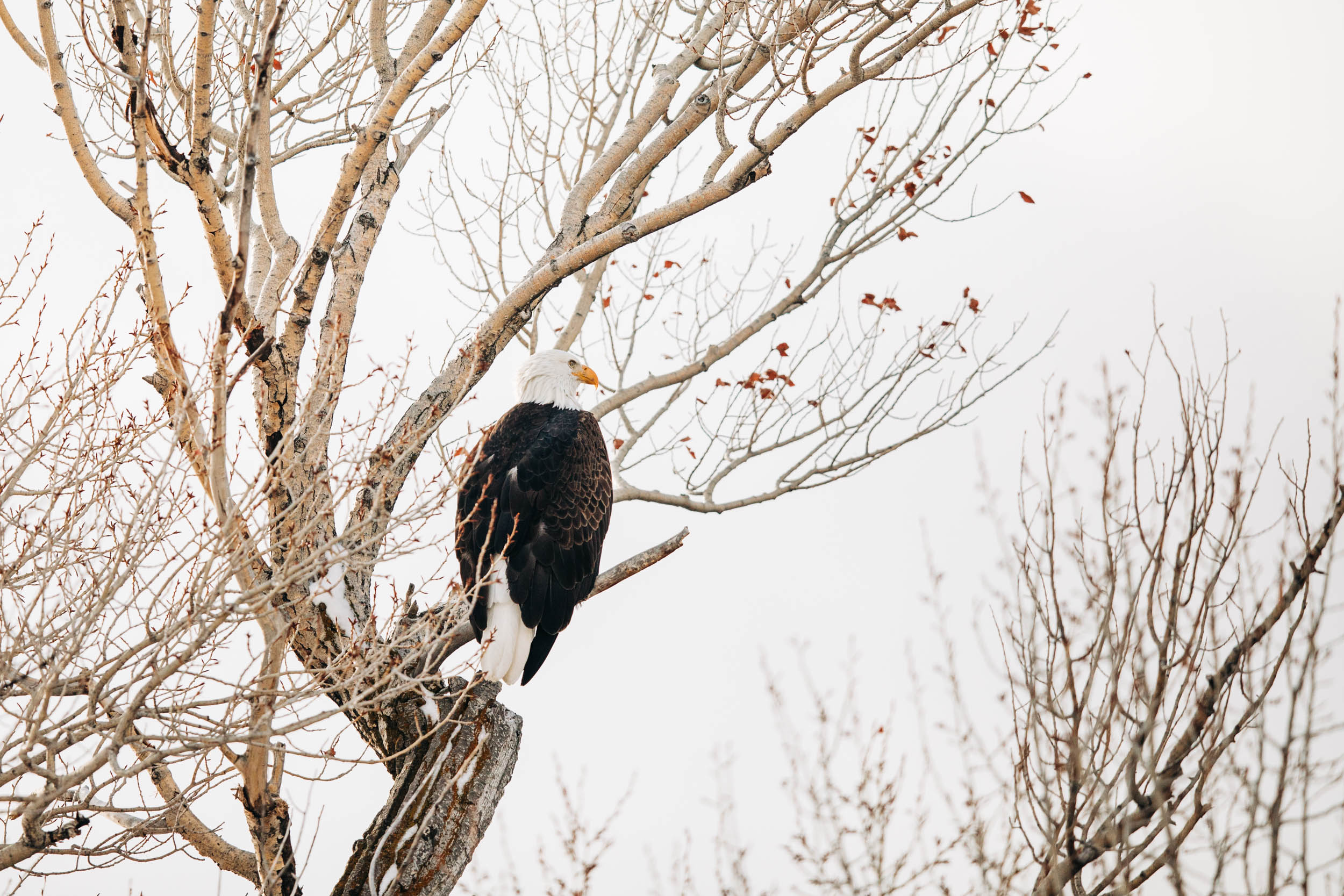
There are several incredibly talented wildlife photographers, and every image they produce has a jaw-dropping reaction from most of their fans and followers. If you spend some time and really study their work, you will notice a consistent method to their approach.
There are some simple basic guidelines that budding wildlife photographers can follow to create their own Kodak moments. Here are a few that come to mind.
#1 Knowing where to go and when to go
We all know that traveling anywhere in itself needs an incredible amount of planning and research. So, it is no surprise that when you are planning a wildlife photography expedition, you need to add a lot more to the mix. You not only need to scope out the best places to see animals but also need to understand the best time of day when they are visible, travel times to and from location, as well as any permits and paperwork needed. Doing this ahead of time is key to avoiding any disappointments once you get to the location. A good place to start is to ask around in various wildlife forums or even local photography groups for suggestions.
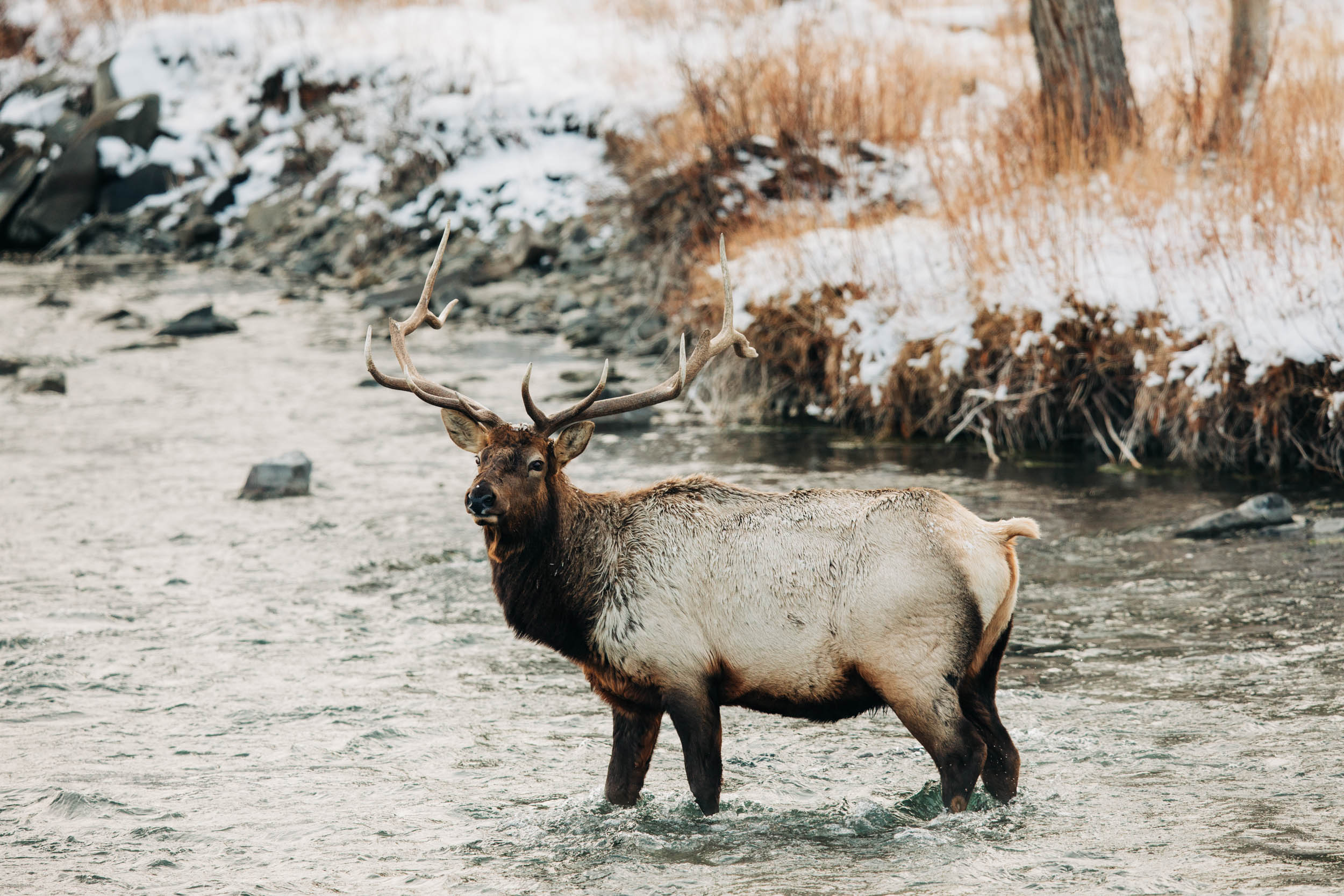
Tip: Don’t discount places close by as well. Sure, it may or may not have the exotic wildlife you crave but a patch of migrating birds or beautiful butterflies are equally exciting to practice your wildlife photography especially if you are just starting out.
#2 Having the right gear
Like any other photography genre, having the right gear can make or break your entire wildlife photographing expedition. A lot of factors determine what lens and camera you will need to carry. If you don’t put thought into this important step, chances are you might find yourself with the wrong gear in the right place. A few questions to ask yourself as you plan your wildlife photography adventure are –
- Travel location and mode of transportation
Are you going to be traveling in a car/bus/van? If so, you could bring more than one camera and a heavy telephoto lens without having to worry about weight. Are you going to be constantly on the move while looking for animals or will you be stationary and wait for them to come to you? The former will limit the weight of your gear and the latter will let you be free to bring as much as you want since you are not going to be transporting it everywhere. Is there a possibility for you to get up-close and personal with the animals? Then, carry a smaller focal length in addition to the other gear like a 50mm focal length, an 85mm focal length, or even a macro lens.
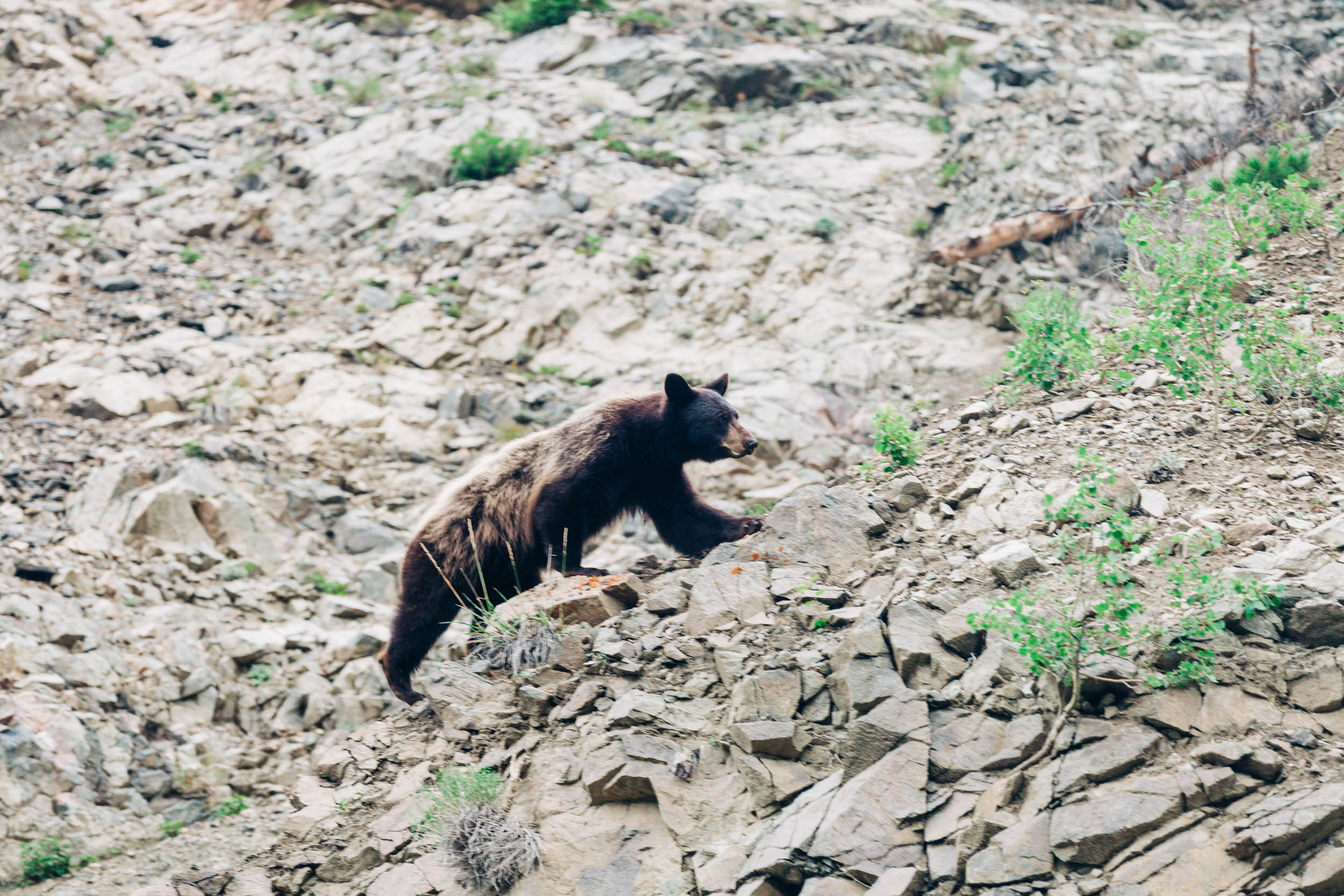
- Type of photography
Are you planning on photographing animals and landscapes to give a sense of place? Or do you just want to focus on animals? In the case of the former, you may need a wide-angle lens to capture it all. If you plan to only focus on the animal, then you would need a lens that allows for shallow depth of field so as to isolate and focus only on the subject i.e. the animal.
Tip: Don’t be intimidated by all these gear choices. Remember you can easily rent or borrow the gear you need – not everything needs to be purchased.
- Location accessibility
Will you have access to your computer frequently to download your photos or even charge your camera batteries? If not, you may need multiple cards and batteries as well as a portable external hard drive to back up your images. Also, take care of your gear especially if you are away in remote locations that are hard on delicate gear. Getting dust and dirt out of cameras and lens is difficult when you are out in the field.
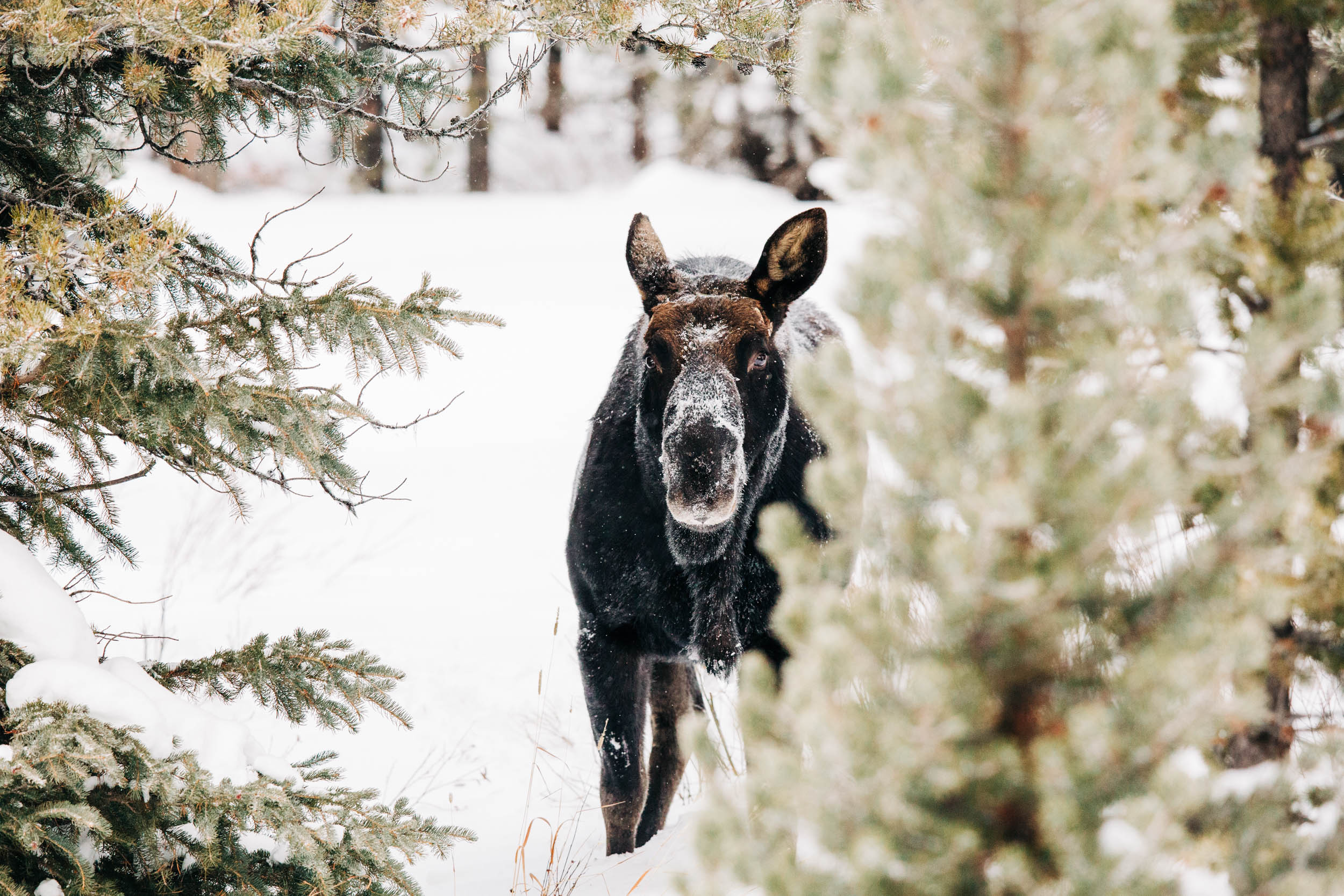
#3 Safety
When doing wildlife photography, it is very important to keep safety in mind – not just for you but more so for the animals involved. It doesn’t matter if you are going on safari or hiking alone in national parks. Wild animals are unpredictable, and it would behoove us to remember that we are in their space, and we need to be respectful of that.
Along the same lines, rules and guidelines in wilderness areas are there for a reason – your safety and security. Make sure you follow them so that you, or others around you, don’t get hurt or injured.
Tip: Whenever possible, travel in a group, or at least with one other person. There is security in numbers, and that can work to your advantage.
#4 Wildlife photography ethics
A good idea is to seek help from experts who have made the journey before you and listen to their advice. Hiking a nesting area or den area is never a good idea. Most wildlife photography locations, especially the popular and known ones have very specific rules and regulations around what is acceptable behavior and what is not. For example, getting out of the car to get up close to the animal, mimicking animal call sounds or bird calls, disturbing the animal to make it move or feeding wildlife are some of the basic no-nos.
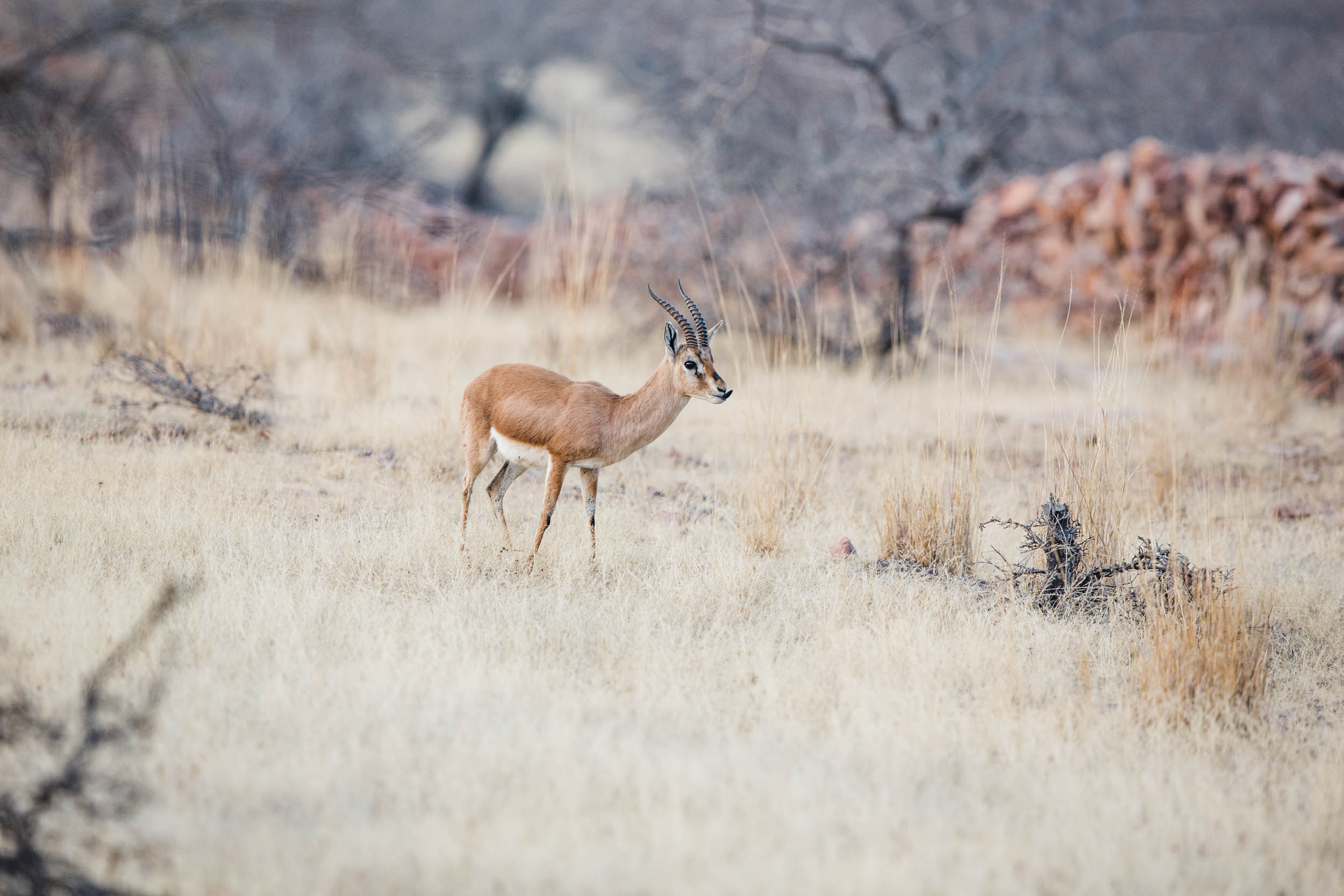
#5 Practice patience
Wildlife photography, like most other genres, needs a lot of practice, and an even greater amount of patience. True wildlife photographers and wildlife enthusiasts spend countless hours to get the perfect shot – often in less than perfect conditions like the cold, rain, and even overnight in a bind waiting for the sunrise shot. Often, they don’t get that shot but are back at it the very next day. It is better to have 1 or 2 great shots than 100 mediocre shots. So, depending on what you are looking to photograph, be prepared to be patient and wait it out.
Practicing is a little harder to accomplish unless you happen to live close to a national park or wildlife frequented area. If you are like most of us and live in small-town suburbia, then look around you to find smaller critters and animals to photograph. Another alternative may be to spend time at the local zoo and try to capture photographs of animals there. In this case, you are looking to practice using gear, composition, and even capturing animal behaviors – a great way to practice wildlife photography.
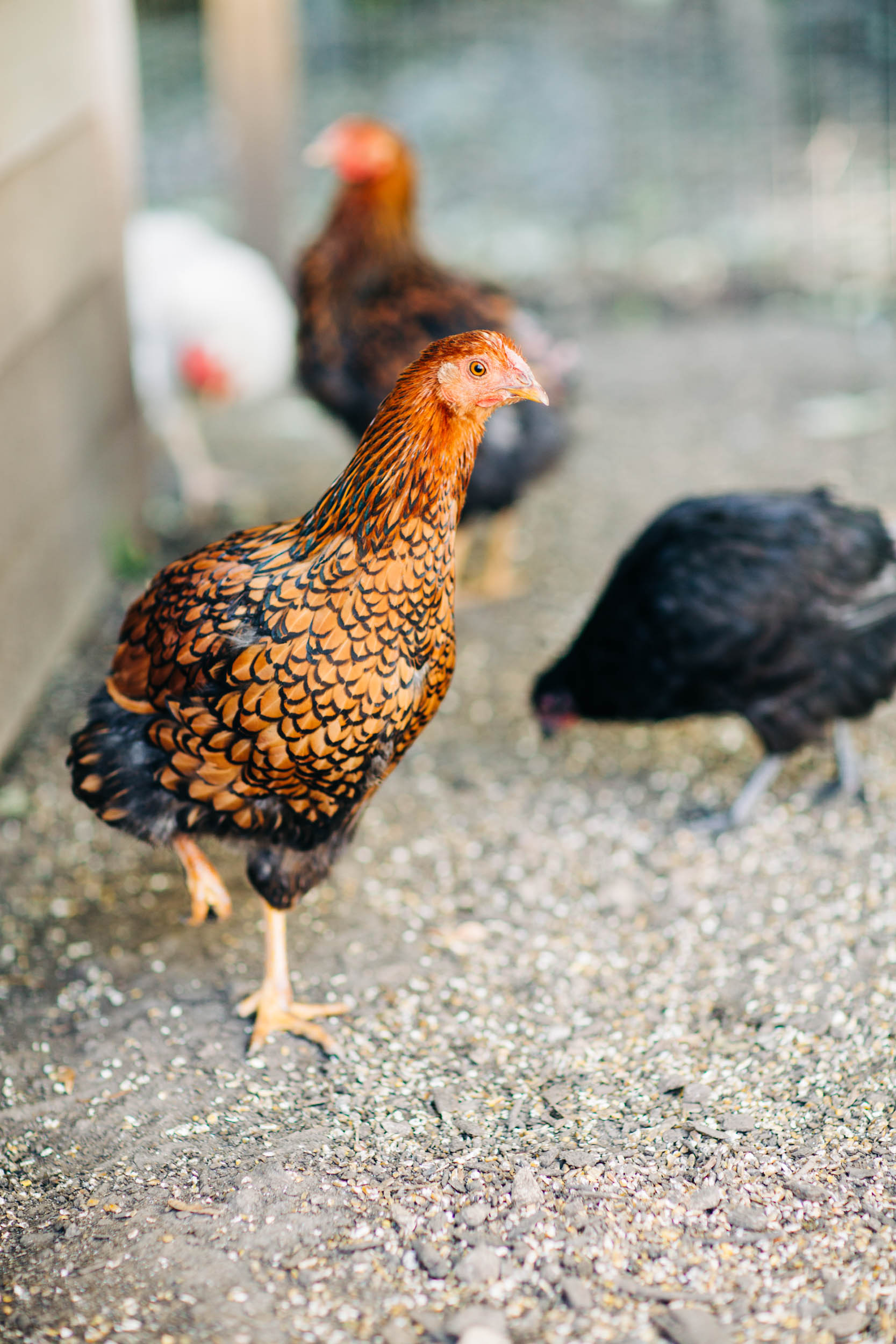
#6 Enjoy the process through and through
I don’t know about you, but I absolutely hate experiencing my vacation through the back of my camera. Like most of us, life is busy and crazy on any given day so any time off or vacation is a sacred time. They are always a welcome, and much-needed break to get away from it all, and time to do the things we all enjoy.
While I absolutely want to capture moments through my camera, I also want to be physically, and emotionally present to enjoy what I am lucky to experience. I am just as happy seeing that exotic bird or that elusive wild animal with my own eyes, as I am getting a shot of it – I don’t need to prove it to the world.
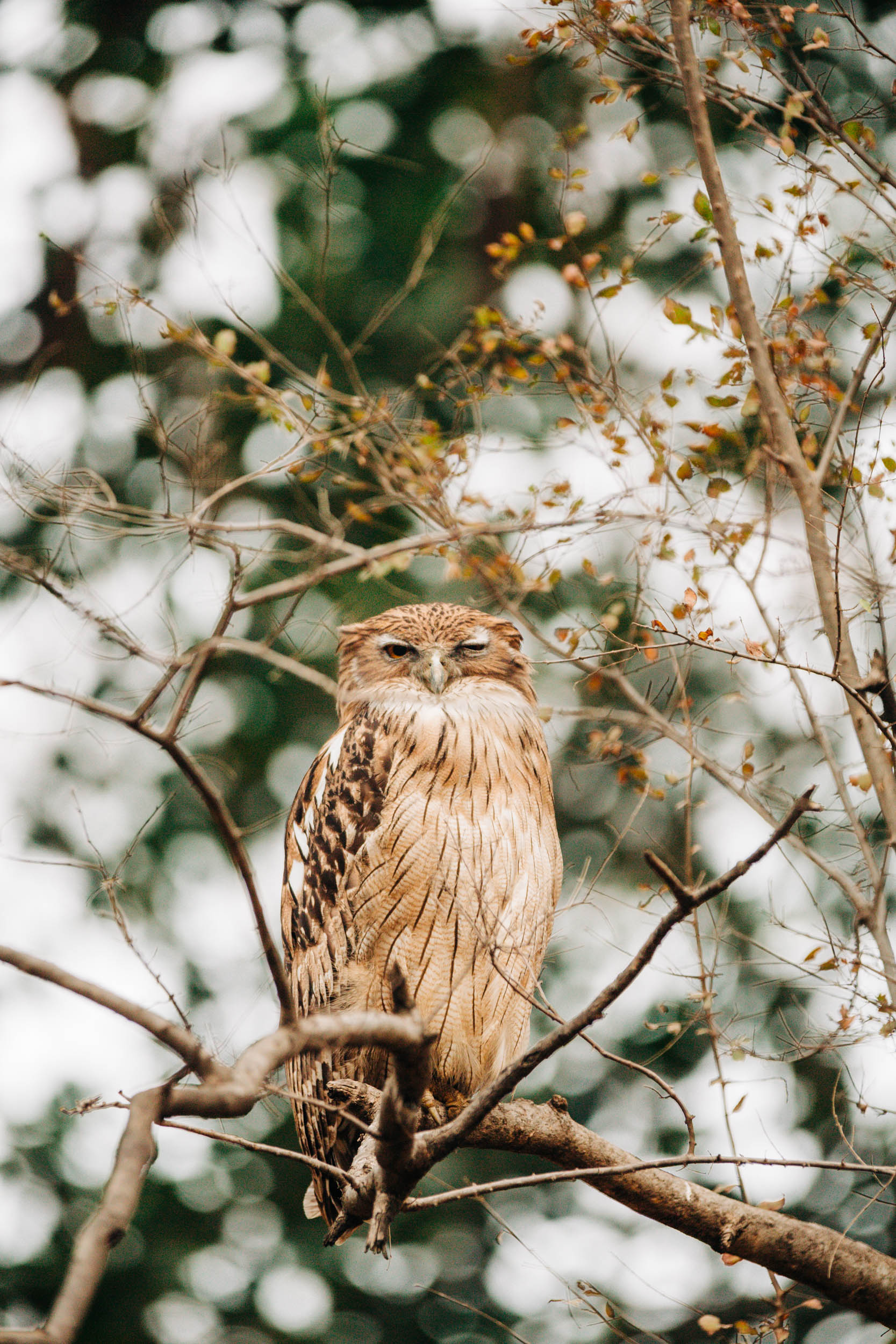
Wildlife photography is an incredible form of photography that brings forth the beauty of the natural world right in front of our viewfinders. While we all may not be experts or award-winning wildlife photographers, the joy and pleasure we all get in watching animals in the wild is a very special experience. Use these tips and practice as much as you can and before you know it, you will be on safari in Africa catching the wildebeest migration or even photographing a pride of lions hunting. And who knows perhaps, I will be right there with you on safari.
Self-check Quiz
- Do you need to do any research before embarking on a wildlife photography expedition or should you just show up and hope for the best?
- What are some ways to get all the gear you need for photographing wildlife?
- Wildlife photography is a solo activity – True or False
- What are some of the basics of wildlife photography rules and guidelines?
- What is the best way to practice wildlife photography?
- What is better – getting 100+ photos that are just alright? Or getting that one hero shot?
Cover Photo By Karthika Gupta
